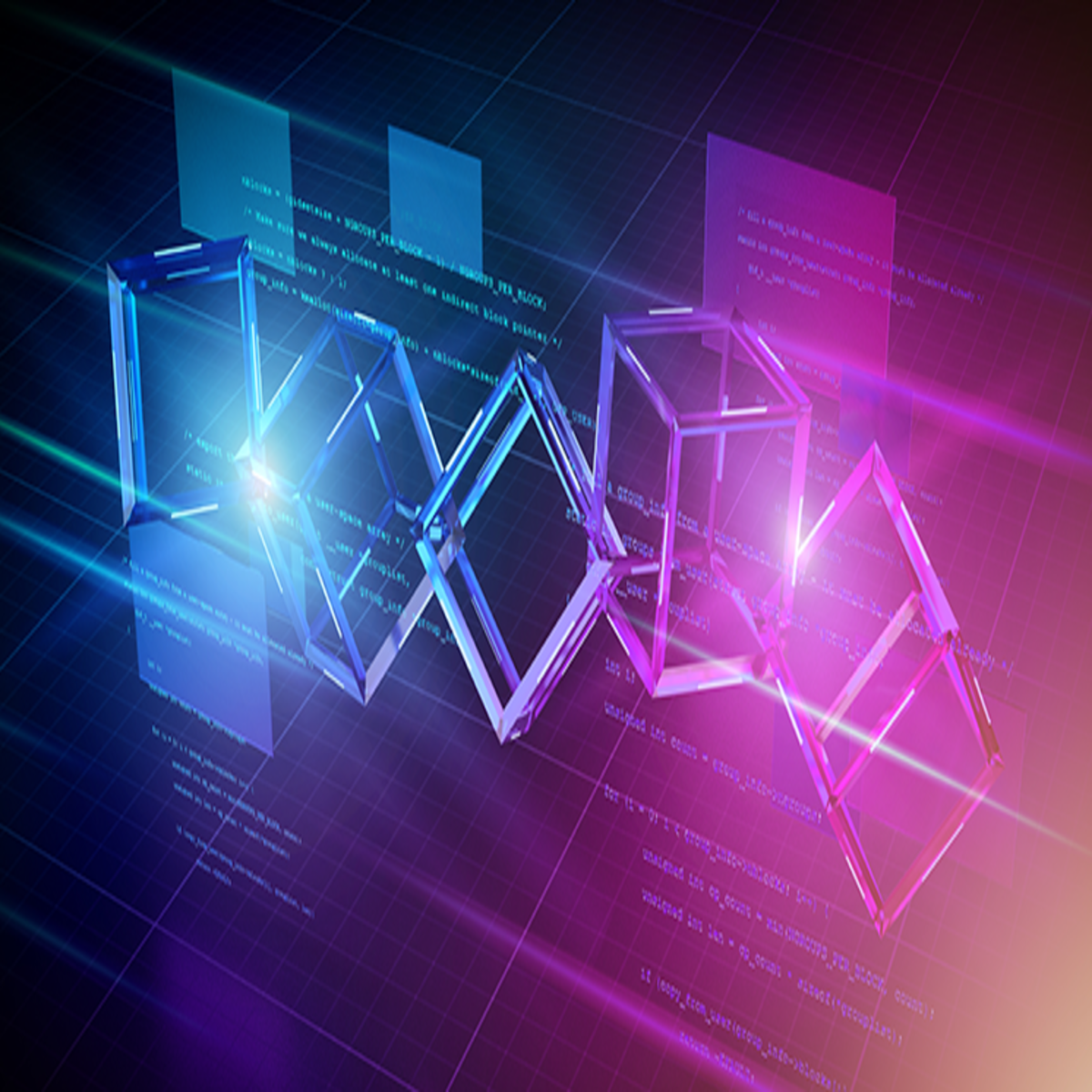Certainly! Blockchain integration in Android application development involves incorporating blockchain technology into mobile applications running on the Android platform. Here’s a breakdown of the key aspects and considerations involved
API Integration:
Android developers typically integrate blockchain functionality into their applications through blockchain APIs provided by various blockchain platforms such as Ethereum, Hyperledger, or others. These APIs allow developers to interact with the blockchain network, send transactions, read data from the blockchain, and deploy smart contracts.
Wallet Integration:
For applications dealing with cryptocurrencies or tokenized assets, developers often integrate cryptocurrency wallets into their Android apps. These wallets allow users to securely store, send, and receive digital assets on the blockchain directly from their mobile devices. Wallet integration involves managing private keys, encrypting sensitive data, and interacting with blockchain networks securely.
Smart Contract Interaction:
Smart contracts are self-executing contracts with the terms of the agreement directly written into code. In Android applications, developers can interact with smart contracts deployed on blockchain networks to automate processes, enforce agreements, and execute transactions. This involves integrating smart contract functionalities into the app’s backend logic to interact with the blockchain network.
Decentralized Data Storage:
Blockchain technology enables decentralized and immutable storage of data. Android applications can leverage blockchain for storing sensitive data, such as user credentials, transaction records, or other information requiring transparency and security. Integration with decentralized storage solutions like IPFS (InterPlanetary File System) or decentralized databases enables secure data storage and retrieval.
Identity Management:
Blockchain-based identity management solutions can be integrated into Android applications to provide secure and decentralized user authentication and authorization mechanisms. This involves implementing protocols such as decentralized identifiers (DIDs), verifiable credentials, and self-sovereign identity models to enable users to control their identity and access rights securely.
Transaction Processing:
Android applications can utilize blockchain technology for processing transactions securely and transparently. Whether it’s financial transactions, supply chain tracking, or voting mechanisms, integrating blockchain-based transaction processing ensures trust and integrity in data exchanges. Developers need to handle transaction creation, signing, broadcasting, and verification within the Android app securely.
Security Considerations:
Security is paramount when integrating blockchain into Android applications. Developers need to implement robust security measures to protect users’ private keys, sensitive data, and interactions with the blockchain network. Techniques such as encryption, multi-factor authentication, secure key storage, and HTTPS communication are essential to safeguard user assets and data.
User Experience:
Maintaining a seamless user experience is crucial in blockchain-integrated Android applications. Developers need to design intuitive user interfaces that abstract the complexities of blockchain technology and provide a smooth user experience for interacting with blockchain functionalities. Clear feedback, error handling, and onboarding processes are essential for ensuring user adoption and satisfaction.
Conclusion:
By considering these aspects and leveraging appropriate tools and frameworks, Android developers can effectively integrate blockchain technology into their applications to unlock new functionalities, improve security, and enhance user experiences.







